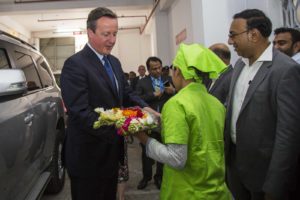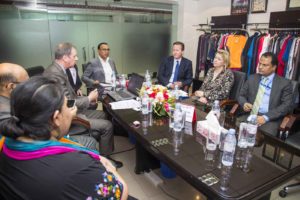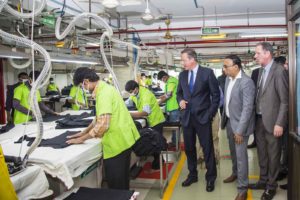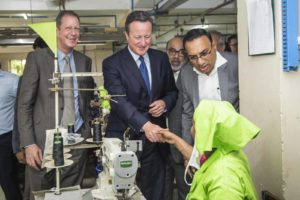Corona Lockdown in Dhaka
Dhaka, the city I live in is a highly populated city of 21 million, with a density of 23,234 people per square kilometer. So it is very difficult to maintain the social distancing and prevent other related medical emergencies during the corona pandemic.
Government declared lockdown from 26 March 2020 which is still in place. All the industries, public transportation services, offices, market places have been closed. Only health services, medicine and food supply, press and media and other emergency services are operating. Grocery shops and pharmacies are open for limited hours. Law enforcement agencies are trying to control the movement of people and vehicles in the city, but the number of fatalities is increasing by day.
The first 3 corona cases were reported on 8 March 2020. Now the statistics show over 30,000 confirmed cases and 432 deaths (until 22 May), while Bangladesh has one of the lowest testing rates in the world. The infected include 1000 health workers, 1548 policemen and 60 journalists. Many hospitals have been locked down in attempts to control spread. I lost a friend’s father to COVID-19 last week, he himself, his wife and his 3 year old child are now infected.
It is very difficult to work during this unprecedented situation given safe distance and personal protection ought to be maintained to avoid an infection. All the faces are covered with masks; only eyes are visible but no expressions.
I like to get close to my subjects, talk to them and take photos, but now I am having to maintain distance and use tele lenses. Every time I go outside and back to home, I cannot help but panic that lasts the following few days whether I have been infected or am spreading the virus to others.
The lockdown has given the city a new peaceful look. The streets are empty, markets are closed, silence prevails everywhere, as there is no vehicle horn or sound of traffic. The air is fresh and free from pollution as if the city is healing itself.
I live in Mirpur which has been mostly overcrowded and is a densely populated area of Dhaka, mostly low- and mid-income people live here. During lockdown day labourers and low-income people are mainly facing crisis in respect of their daily livelihood. The government attempted to give reliefs but this was not sufficient and still many people are in crisis. Many organization and people are helping personally.
I salute the front-line health workers who are enduring face to face encounters with the virus and its impact, the policemen who are trying to contain its spread and also the journalist who are keeping us updated of the relevant daily developments by risking their own lives.
This corona situation gives us the time to look at ourselves and decide what is important. It allows us to reflect upon what kind of civilization we have made and what we have done to nature. We cannot live well alone, the world is connected like it was never before. Our priority should be to live by helping others and fight together for pandemic crisis to climate change issues we have.







